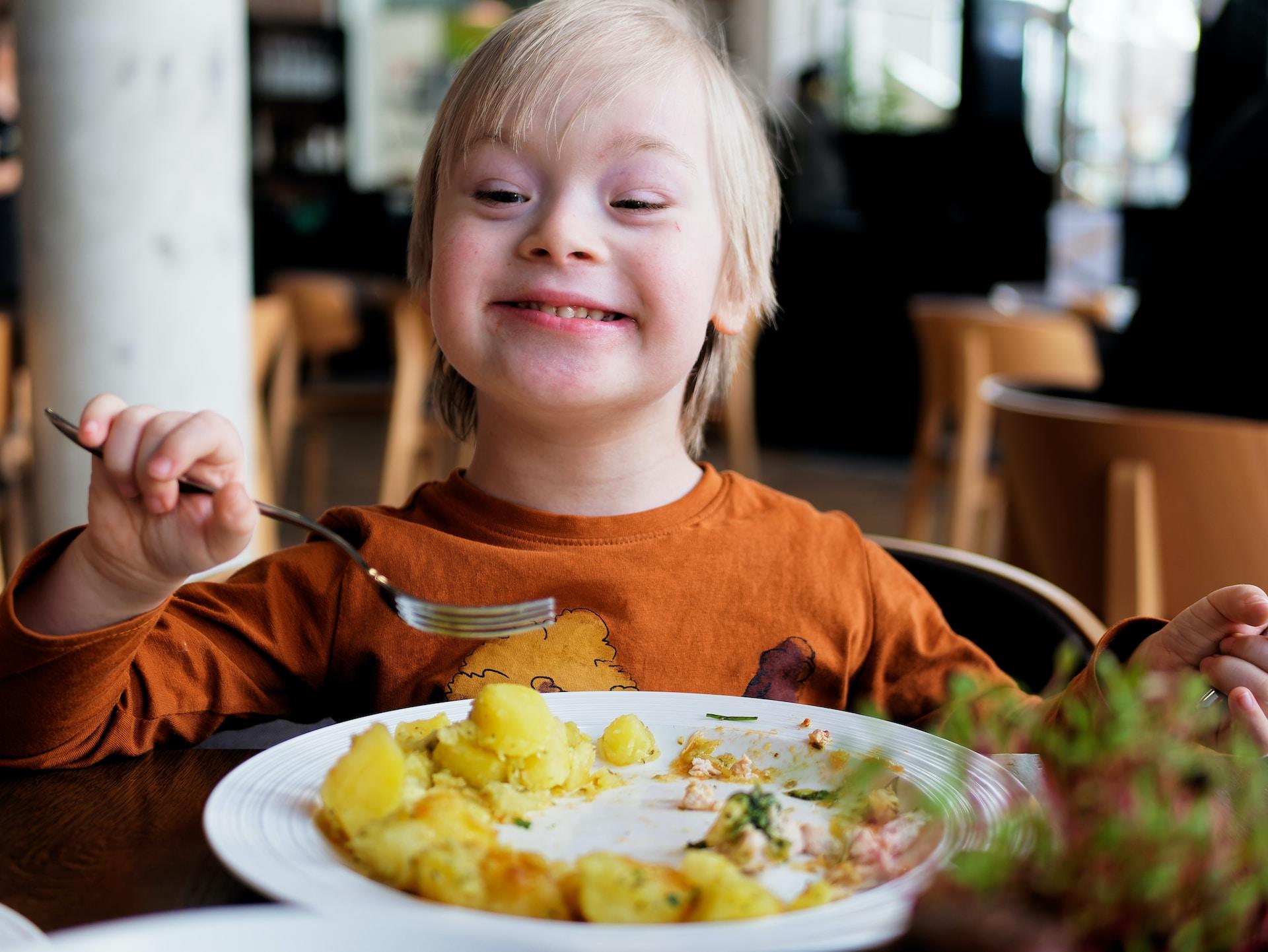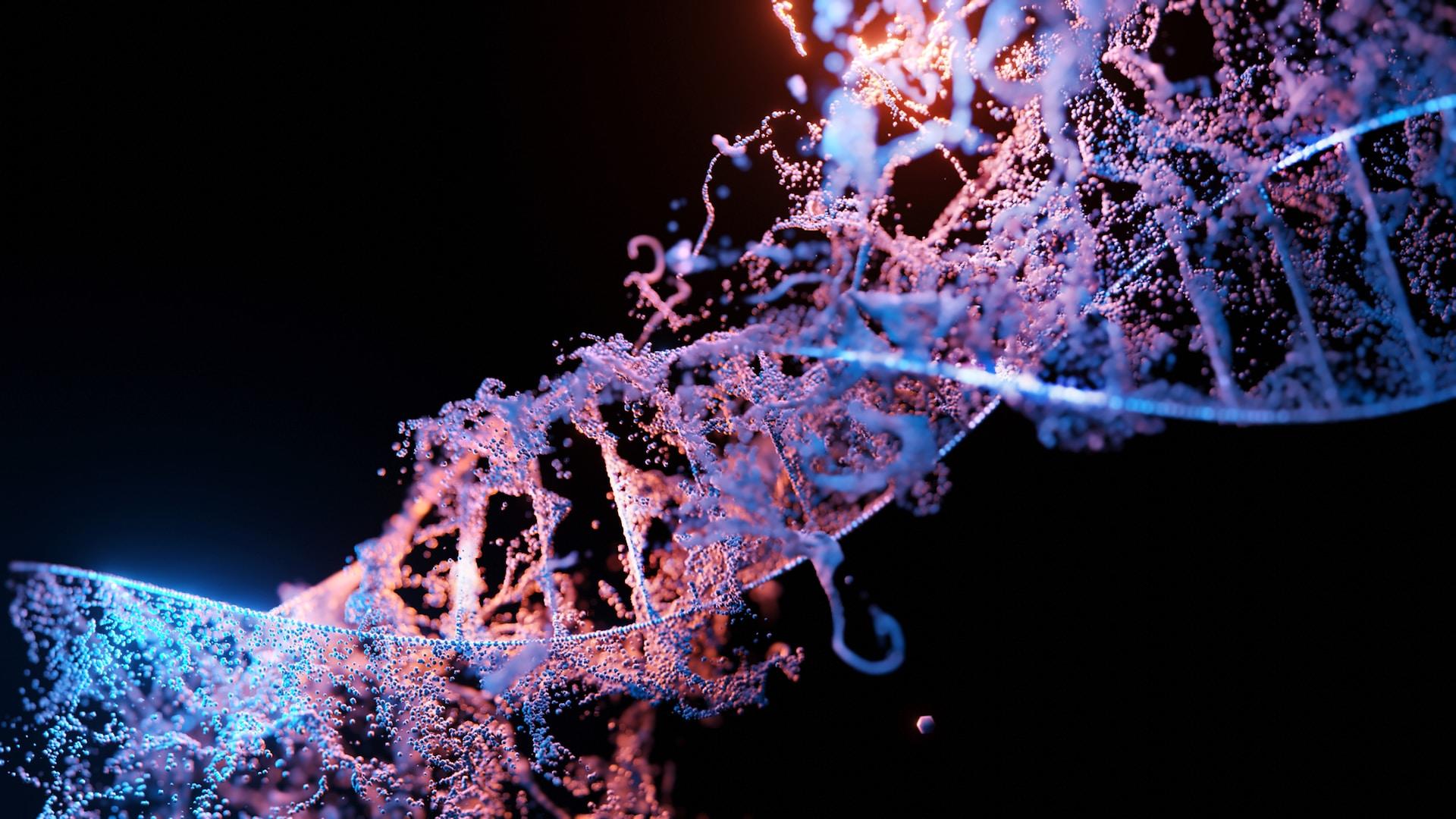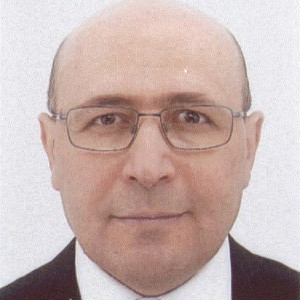Dolly was born in July 1996 at the Roslin Institute in Scotland. Dolly was a sheep made famous because she was the first mammal cloned from an adult somatic cell. She wasn't the first animal to be cloned; that honour goes to John Gurdon's African clawed frogs. But Dolly caused enough of a furore to spark a debate about the ethics of cloning.
Going back further, we find Louise Brown, the world's first successful in-vitro-fertilised baby. When she was born in July 1978, 'Test-tube Baby!' headlines screamed worldwide. In vitro fertilisation (IVF) brings hope to millions of childless parents today. But a half-century ago, debates raged over what else might begin life in a test tube and whether IVF is ethical.
Hopping forward into this millennium, we find heads of government either limiting or banning research into lifesaving therapies. Former US president George W. Bush vetoed every stem cell research initiative that crossed his desk. At times, he cited religious reasons - we should not play God. Other times, he seemed staggered by this work's moral and ethical implications.
And now, we have CRISPR, one of this century's greatest advancements in medical research. This genetic engineering technique allows scientists to modify genomes in living bodies. It's precise, quick and easy. It, too gives people pause and raises ethical concerns.
If the benefits outweigh the risks, it must be good, right? If the benefits outweigh the risks and we mitigate the risks, so much the better. Or is it? Before we can answer these questions, we have to understand:
- the difference between somatic and germline editing
- medically necessary gene editing versus designer babies
- the costs and benefits of gene editing
- whether society is ready for human genome editing to become commonplace
A biology tutor can provide real-life examples to explain cloning. It's really just like copying a key, where each duplicate is an exact match to the original, simplifying the genetic replication concept.

Gene Editing: An Overview
Genetic alteration happens all the time, but until recently, only Mother Nature held the controls. Some genes are recessive, and others are dominant. Thanks to gene expression, species of all types have evolved, but sometimes, genetic mutations aren't beneficial. For instance, people with Down's Syndrome or albinism endure many health challenges - on top of social stigma.
Genetically modified organisms (GMOs) have been around for 50 years. Modifying an organism's genome involves using genetic engineering techniques. Genetically modified foods are the most renowned examples of such. People still debate the ethics of GMOs in food, but those questions pale compared to the current debate.
In 2018, attendees to the Second International Summit on Human Genome Editing were shocked to hear about twin girls Lulu and Nana. He Jiankui, a biophysics researcher, had 'edited' them to give them genetic resistance to the AIDS virus.
Gene editing can happen at two levels: somatic and germline. Somatic gene editing is no big deal; all those ethical questions had long been answered, and laws were enacted to regulate its practice. Germline editing remains controversial because its effects are far more consequential.
Somatic Genome Editing
- targets specific cell-types genes
- does not affect other types of cells
- effects are limited to the treated organism
- is a highly regulated practise
Germline Genome Editing
- happens early in organisms' development
- the edit gets copied into every type of cell
- the edited gene is passed to offspring
- raises new ethical questions
Dr He and his team used germline editing while Nana and Lulu were mere embryos; the fallout was dramatic. The international scientific community condemned his actions, mainly out of concern for the girls' health. The government suspended his team's research activity and sentenced him to three years in prison. What did he do that was so wrong?
A quick search for biology tutors near me will show you some of the options that are available in your area.

Gene Editing and Genetic Mutations
It's one thing to edit blood cell genes to cure or prevent sickle-cell anaemia. An abnormality of the HBB gene causes this condition. Both parents must pass on their copies of this abnormal gene for the child to be affected. If both parents know they carry that gene, their doctor might recommend gene therapy.
In Europe, somatic genome editing is authorised to treat several conditions. Doctors may treat certain aggressive blood cancers with a combination of cell and gene therapy. Patients with severely compromised immune systems may also get permission for gene therapy. But only if no suitable stem cell donor is available.
Doctors may treat other conditions with gene therapy—certain neuromuscular and neurodegenerative disorders, as well as Crohn's Disease and corneal repairs. But only if the condition is severe and other treatments or therapies fail. Or if no stem cells are available to treat that particular condition.
CRISPR is one of the top medical breakthroughs of the last decade. Fast, easy and precise; this gene editing technology could cure a range of debilitating conditions. But lawmakers and scientists make clear that gene editing isn't the go-to solution for every condition. That's a reflection of society's dedication to ethical patient care.

Ethical Issues Surrounding Gene Editing
Humans are a preferential bunch; whenever possible, we like to have things our way. Burger King has made that their hallmark, you get to decide what you want on your burger. Social media and web browsers let users customise their platforms to suit their tastes. Dating apps got in on the preferences game early; list what you want in a mate and let the algorithm work its magic.
All of these possibilities are innocuous. Society won't take a turn for the worse if you'd rather not have onions on your burger. And who cares if you like tall partners and prefer YouTube in dark mode? But history paints a grim picture of what might be should gene editing become commonplace.
Eugenics is an age-old concept that allows the purging of unwanted demographics. Historically, any deformed person qualified for elimination. Female infanticide - killing girl babies was fine because societies preferred sons. And then, the greatest purge of all, the Nazis' Final Solution to eliminate anyone that didn't conform.
Learning about the ethics of cloning from a biology tutor offers the advantage of navigating this complex topic through expert guidance, ensuring a balanced understanding of both scientific and moral considerations.
Now imagine exercising that power at the cellular level. Picture what would happen if every embryo was genetically edited to satisfy a certain ideal. Think about that in the context of today's staggering inequality.
Malcolm and Simone Collins consider themselves elite. They're smart, young, rich and upwardly mobile. They represent a movement that believes only the wealthy should populate the earth with genetically superior offspring. Who knows how many others embrace this belief?
Now, for the bigger picture. What if governments decide to create a superior race - a master race? Immediately, those who are less intelligent, less productive and less conforming are disadvantaged. More so than they already are.
But these pictures needn't be so grim. Perhaps the future of personalised medicine will include gene editing to eradicate genetic diseases. Maybe limiting the designer baby concept to a choice of eye colour would satisfy those demanding greater control over their offspring's genes.

Is the World Ready for Gene Editing Technologies?
Enrico Fermi was a physicist renowned as the architect of the atomic bomb. When he saw how devastating nuclear reaction could be, he urged military leaders to consider its potential impact. His work on the Manhattan Project helped create the bombs that levelled Nagasaki and Hiroshima. Despite it being his life's work, he later spoke out against developing more lethal bombs.
Once the technology was out of the bag, an arms race ensued. Awed by the fallout from bombing Japan, Fermi and other scientists opposed further developments on moral and ethical grounds. Conferences led to regulations, though things went at a snail's pace.
Today, we grapple with new, potentially life-altering technologies. The Neuralink company just won approval to test brain implants in humans. Artificial intelligence is reshaping what we know. And the clamour grows for greater access to gene editing.
Gene editing touches on more than eradicating genetic diseases. It's about more than made-to-order babies and personal preferences. We have individual and social implications to consider. Let's revisit Dr He, Lulu and Nana.
The girls' father is HIV-positive, a condition his society stigmatises. He wanted his daughters to enjoy a healthy, blight-free life so he signed up for Dr He's clinical trial. Nobody could blame a parent for wanting the best for their children. Nobody could blame a doctor for trying to eradicate a terrible condition.
Dr He edited the twins' genes while they were still embryos. The changes he made to their DNA were replicated in every cell type. When these girls have children, the edited gene will be passed down. Germline gene editing - how he treated the girls, poses grave societal and legal questions.
We might say Dr He 'designed' Lulu and Nana. He edited their genes to prevent a possible disease in otherwise healthy embryos. He did it with their parents' consent but the girls had no voice in the matter. They and their descendants will have to live with the consequences of his work.
Many factors impact genetic expression. Our environment, the foods we eat, our heritage, and our parentage play a part too. Maybe too many factors are at play for us to risk editing genes unless absolutely necessary.
















